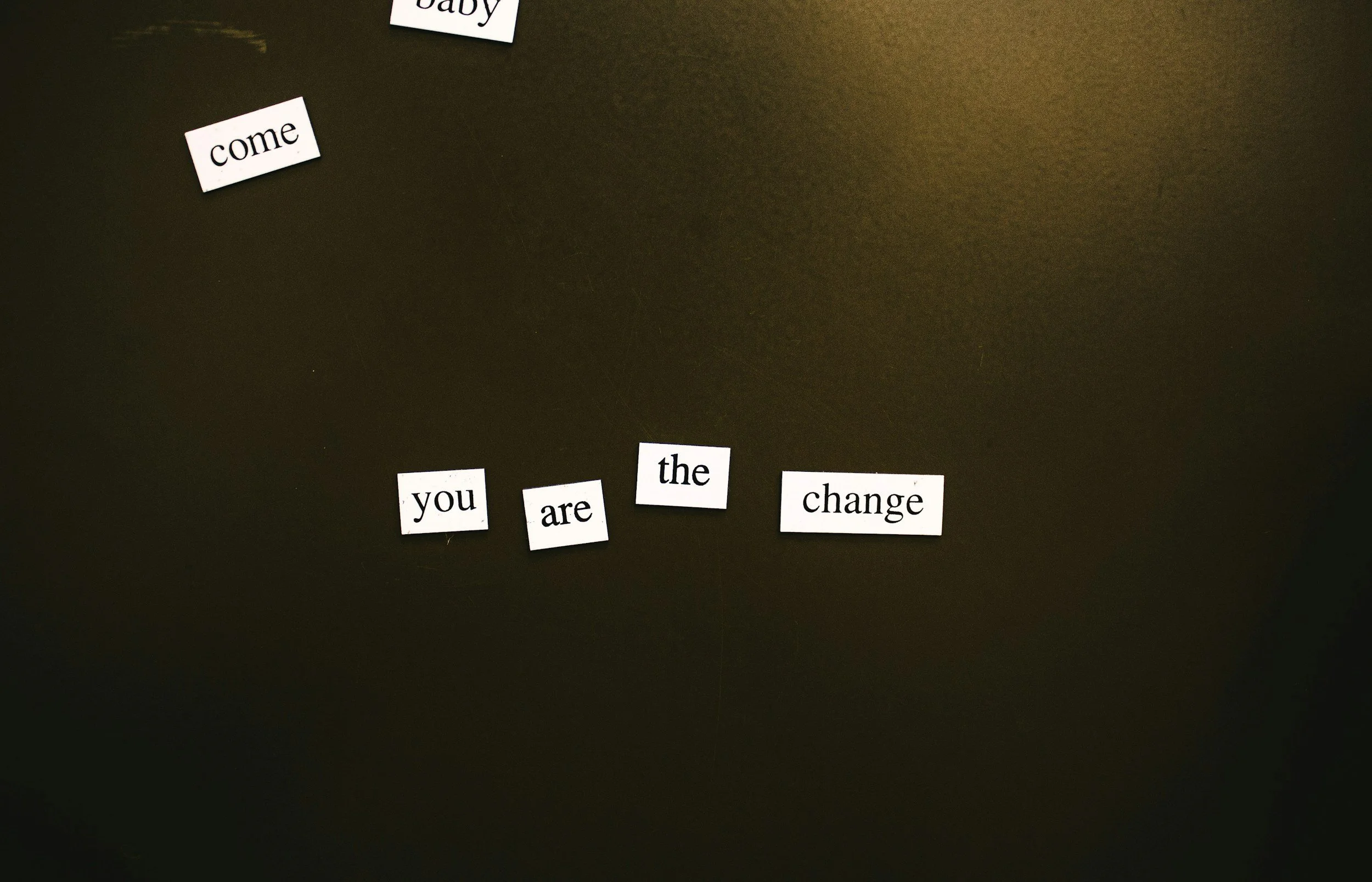What Happens When You Finally Feel the Feeling You’ve Avoided?
TL;DR: Emotional avoidance is a primal strategy used to survive feelings that once felt dangerous. Although insight is the first step towards integration, sensation has to follow: The felt emotional experience, and the courage to turn toward the anxiety that rises when old feelings surface. This process actively builds your emotional capacity, allowing emotion to process fully and permanently shrinking the power of old defences and the punishing inner critic. The result is a profound return to the most authentic version of yourself.
When you finally feel the feeling you’ve been avoiding… You are the change…
What Happens When You Finally Feel the Feeling You’ve Avoided?
Insight is the first step towards integration; sensation has to follow
We spend years learning to stay away from certain emotions. This isn't because we are weak, but because those feelings were once too much to bear. This avoidance is a defence mechanism, a scar from learning too early that your feelings were dangerous.
To cope with this overwhelming emotional history, we build distance:
We think instead of feeling
We joke instead of crying
We detach instead of needing
Avoidance becomes a quiet protector. The painful irony is that this strategy keeps the history of your past living on inside you, dictating your present.
The Moment Something Starts to Shift
One day, in therapy or in life, a feeling gets close. A lump rises in the throat, or energy gathers behind the eyes. The ‘sinking feeling’ in your stomach. The body knows what is coming before the mind does.
At that exact moment, two paths appear:
Turn away again (the familiar defence).
Turn toward it (the unknown).
Turning toward the feeling is the beginning of change.
Why It Suddenly Feels Unbearable
When you approach an avoided emotion, anxiety spikes. The nervous system hits the alarm, signalling,
“We’ve been here before. It was dangerous. Back away”.
What feels like collapse is actually activation. Your internal alarm is trying to keep old pain buried, which means it is protection, not failure. This mobilisation of anxiety happens because feelings are attempting to be accessed, following the Therapy FAD Framework (Feelings → Anxiety → Defence).
The fear is:
“If I feel this, I will lose control”.
The truth is that by staying present with the uncomfortableness, your emotional capacity expands. The feeling passes through rather than taking over. The emotion is processed when it’s felt fully in the presence of safety. That is the work.
What Changes After You Finally Feel It
When you stop running from the pain and face what you have been avoiding, something subtle but life-altering happens:
The fear of the feeling shrinks.
The internal critic loses power.
You gain access to energy you didn’t know you had.
Defences loosen because they are no longer needed for survival.
Feeling becomes less like a threat and more like a return. You step into a version of yourself that was waiting behind the door.
By transforming your relationship with your feelings, anxiety, and turning against your defences (the very same things that are holding you stuck), you stop emotionally surviving and begin to emerge into a life that feels more your own, more connected, more grounded, and more yourself. This is where freedom begins.
This Moment is Where Therapy Lives
This profound shift does not happen in years of analysis, but in those few seconds when the truth rises and doesn’t get pushed away. Because what cures in therapy is truth.
A therapist isn’t there to force feelings. They are there to help you stay with it until it becomes safe enough to be real. Part of the therapist’s role is co-creating a confidential, professional space where you can begin to share at your own pace, helping you face those fears while feeling supported and not judged.
The process demands courage because transformation is messy, uncomfortable, and anxiety-provoking, but you will not be facing it alone.
Emotional avoidance is rarely conscious, it’s the defence in motion. The Therapy FAD shows how feelings, anxiety, and defence play out together in therapy.
If this reflection resonated, you might explore:
You’re Not Relating. You’re Re-Enacting…
When Growth Feels Like Collapse
From Pain to Possibility: What Nine Inch Nails: The Downward Spiral Teaches Us About Being Human
Avoidance is an attempt to protect a heart that once got hurt, but it also protects the wound from ever healing.
Explore more in emotion
Are you ready to feel the feeling?
If this discussion about facing our feelings, freeing us from anxiety, resonates with your experience, discover how I help clients move beneath the surface noise and achieve lasting change.
FAQ: What Happens When You Finally Feel the Feeling
-
Avoided feelings feel intense because the nervous system believes the old danger is still present. When emotional avoidance is challenged, anxiety immediately mobilises. Feeling the avoided emotion now is a chance to rewrite that story, showing your system the feeling is tolerable
-
No. It is progress. Crying, like other emotional expressions, means your defences trust you enough to let go. It signifies the integration of emotional material that was previously held captive.
-
You will not face them alone in therapy. Therapy is focused on strengthening your ability to face difficult feelings without becoming flooded. The work builds the capacity to feel without collapsing.
